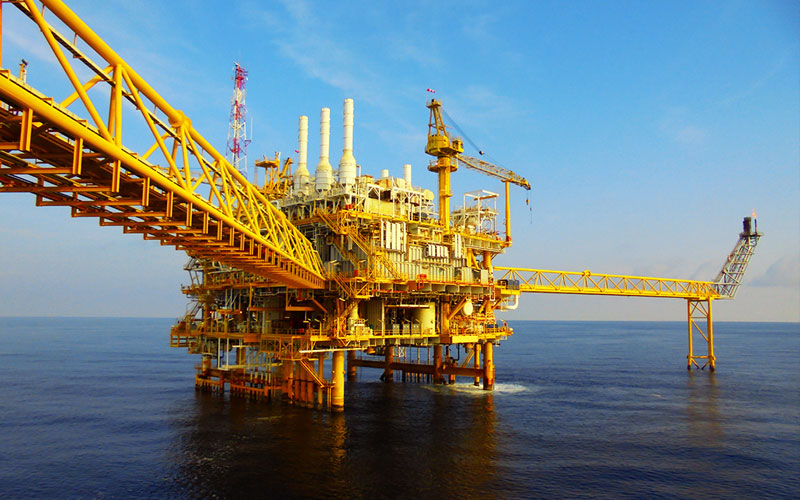It is the properties of oil and the history of the oil market that really exerts its power. As the British scholar Susan Strange said, the important historical milestone is not the establishment of the Organization of the Petroleum Exporting Countries, but the effective intervention of OPEC in the market 10 years later. During this period, the international oil market experienced large-scale turmoil: in 1971, US President Nixon announced the decoupling of the US dollar from gold; in 1973, the collapse of the international monetary system, the Bretton Woods system, became an important reason for the rise in oil prices; Two oil crises broke out in 1973 and 1979; in 1985, oil prices reached a low point. After the establishment of OPEC, oil-producing countries gradually nationalized their oil assets and thus controlled the global oil market. The price of oil is mainly based on OPEC’s official price, and the pricing method is “FOB Persian Gulf plus freight from the Persian Gulf to the delivery point”. Arabian Light replaced West Texas Intermediate as the benchmark oil. During the same period, trading volumes in the spot market continued to expand. The oil supply disruption of 1973-1974 forced many consumers to buy oil from the spot market, and spot trading followed. Spot trading initially only accounted for a small proportion of global oil trade, but by the mid-1980s it had already accounted for nearly half of global oil trade. The price of the spot transaction was originally only a reference for OPEC’s pricing, and later completely replaced the official OPEC price. In the 1980s, high oil prices led to a sharp reduction in oil demand and excess production capacity. Oil exporting countries (including between OPEC and non-OPEC, and within OPEC) fought for their global market share. Saudi Arabia gave up its role as a “balanced producer” and substantially increased production in order to compete for its due market share, leading to a sharp drop in oil prices. In 1986, oil prices in the Middle East once fell to $6 per barrel, causing the third crisis in the oil market—this time it was not consumers who suffered the most, but producers. Another feature of the 1980s was the transformation of transportation into a major oil consumer, as cars became more common in the developed world. The holiday driving season and the winter heating season create large seasonal variations in oil demand, tying oil consumption more closely to economic growth and weather conditions. In terms of market operation, OPEC’s administrative pricing is gradually replaced by market prices. It is worth noting that during this period, oil derivatives aimed at hedging risks – oil futures appeared. In 1978, the heating oil futures contract was launched on the New York Mercantile Exchange (NYMEX), becoming the earliest oil futures variety.
PP820 3BSE042243R1 ABB | Function key panel
 中文版
中文版





